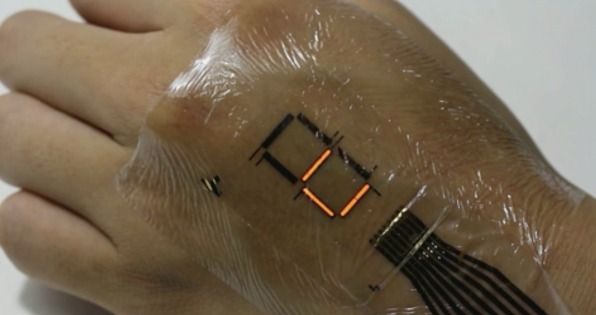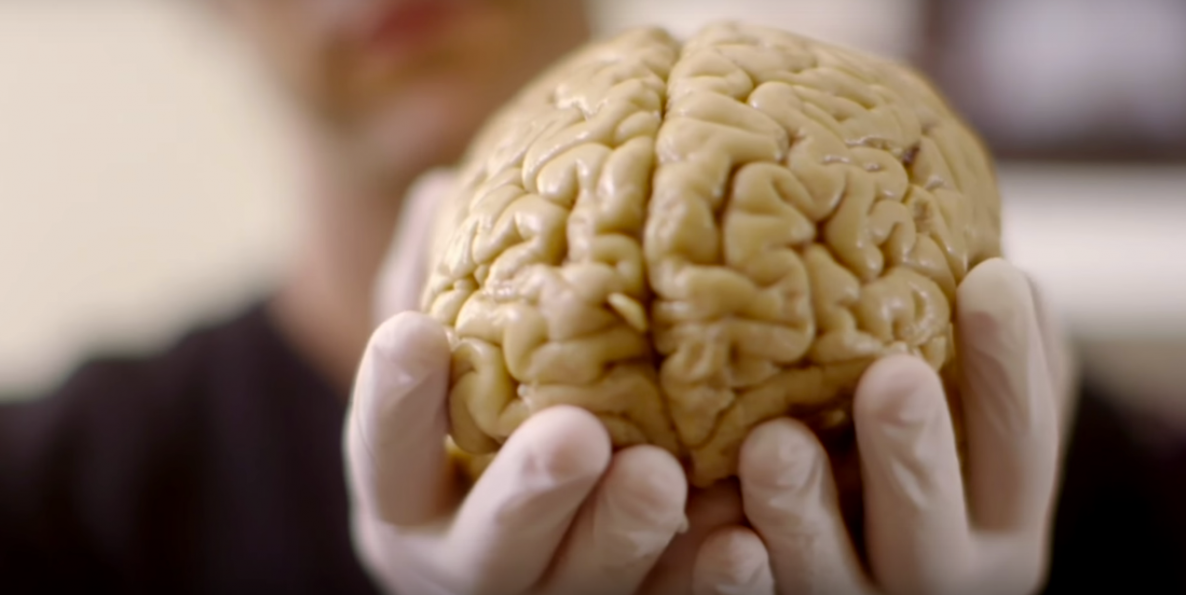Page 11268
Apr 16, 2016
Cyborgs Aren’t Just For Sci-Fi Anymore
Posted by Karen Hurst in categories: biotech/medical, computing, cyborgs, engineering, neuroscience, transhumanism, wearables
Nthing new; nice to see more folks waking up.
We’re moving beyond just prosthetics and wearable tech. Soon, we’ll all by cyborgs in one way or another.
From The Six Million Dollar Man to Inspector Gadget to Robocop, humans with bionic body parts have become commonplace in fiction. In the real world, we use technology to restore functionality to missing or defective body parts; in science fiction, such technology gives characters superhuman abilities. The future of cyborgs may hinge on that distinction.
Apr 16, 2016
Human Intuition Defeats Artificial Intelligence in Quantum Computing Game
Posted by Karen Hurst in categories: computing, quantum physics, robotics/AI
Quantum computing game creators find humans more capable than AI in solving complex problems.
Luv it! Nice read and recommend.
In Martyn Amos’s Genesis Machines, Steven Poole discovers how to turn some DNA into 50 billion smiley faces.
Apr 16, 2016
Trudeau stuns with perfect answer to quantum computing question
Posted by Karen Hurst in categories: computing, quantum physics

Breaking the stereotype stigma; great article on CAN PM. I love it when folks break the boundaries and stereotypes that society often places on groups.
Canadian Prime Minister Justin Trudeau proved he’s more than just a pretty face when he wowed a room full of reporters and physicists with his knowledge of quantum computing.
The dashing politician was delivering his budget announcement at a press conference at the Perimeter Institute for Theoretical Physics Waterloo in Ontario, when he was put on the spot by a journalist.
Continue reading “Trudeau stuns with perfect answer to quantum computing question” »
Apr 16, 2016
New Remarkably Thin E-Skin Turns Your Body Into a Walking Display
Posted by Klaus Baldauf in categories: electronics, wearables

University of Tokyo researchers have created an ultrathin and ultraflexible organic e-skin that supports PLED and OLED displays.
Researchers from the University of Tokyo have created a protective layer of organic material that’s ultrathin and ultraflexible. And the have demonstrated the material’s usefulness by making an OLED display that’s air-stable. This opens the possibility of developing better electronic skin displays, the next major leap in wearable technology.
Continue reading “New Remarkably Thin E-Skin Turns Your Body Into a Walking Display” »
Apr 16, 2016
Ribosome mimic assembles made to order molecules
Posted by Shailesh Prasad in categories: biotech/medical, robotics/AI
An autonomous DNA molecular machine has been created that can be programmed to assemble a variety of natural and synthetic molecular building blocks into longer chains.
DNA machine can be programmed to produce a wide range of polymers and even keeps a record of each one it makes.
Apr 16, 2016
The universe will end much sooner than previously thought, says study
Posted by Sean Brazell in category: space
Figures.
New calculation shows that universal expansion appears to be 8 percent greater than expected, which isn’t good news.
Continue reading “The universe will end much sooner than previously thought, says study” »
Apr 16, 2016
This Singapore public bus service is now offering WiFi-On-The-Go
Posted by Shailesh Prasad in categories: internet, transportation
NEWS
SINGAPORE
This Singapore public bus service is now offering WiFi-On-The-Go.
As part of the Heterogeneous Network (HetNet) Trials, commuters can now connect to WiFi on selected SMRT Service 176 buses.
By Yon Heong Tung
12 Apr, 2016.
Continue reading “This Singapore public bus service is now offering WiFi-On-The-Go” »
Apr 16, 2016
Caltech’s 2500 Orbiting Solar Panels Could Provide Earth With Limitless Energy
Posted by Shailesh Prasad in categories: solar power, space, sustainability
The Space Solar Power Initiative (SSPI), a collaboration between Caltech and Northrup Grumman, has developed a system of lightweight solar power tiles which can convert solar energy to radio waves and can be placed in orbit to beam power to an energy-thirsty Earth.
One of the greatest challenges facing the 21st Century is the issue of power—how to generate enough of it, how to manufacture it cheaply and with the least amount of harmful side-effects, and how to get it to users.
The solutions will have to be very creative—rather like what the Space Solar Power Initiative (SSPI), a partnership between Caltech and Northrup Grumman, has devised.
Continue reading “Caltech’s 2500 Orbiting Solar Panels Could Provide Earth With Limitless Energy” »
















